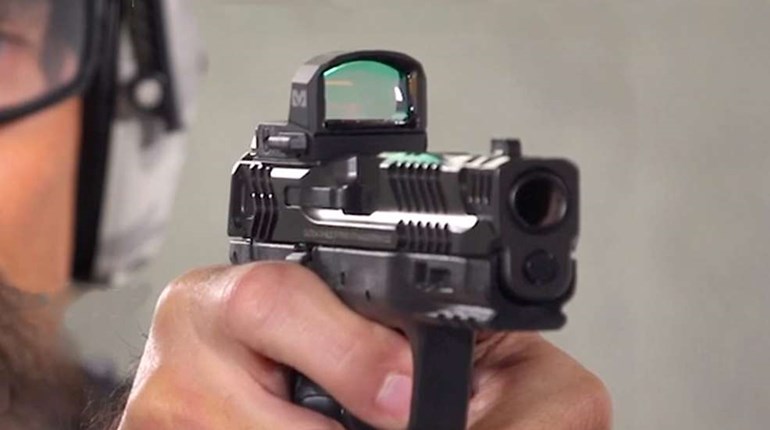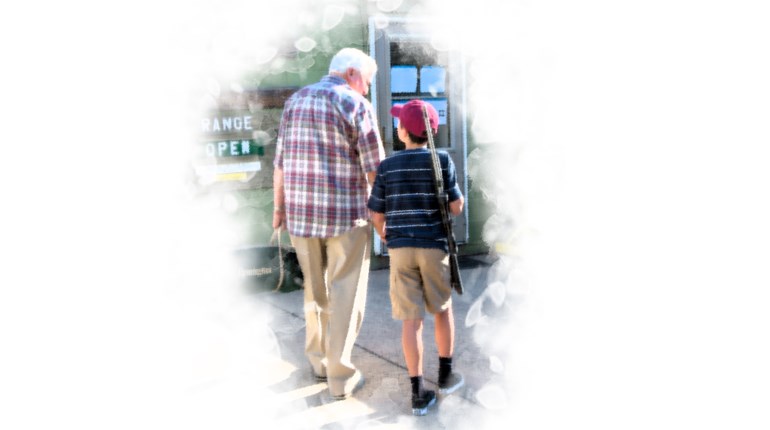
Several years ago, I was assisting with some pre-deployment training for some civilian government employees. The other assistant instructors and I positioned vehicles and other pieces of simulated "cover" on the range while the primary instructor covered the overview in the classroom. The concept was fairly straightforward—you and some co-workers are attacked while driving from your temporary residence to your place of work. The vehicle is disabled, and you all must dismount and get out of the area.
This exercise was being performed with simulated-ammunition paint rounds instead of live ammo. As soon as the drill started, I saw one student running from the vehicle to the first piece of cover. He had his finger off the trigger and his muzzle in a safe direction, but it looked like his selector was still in the "fire" position. I watched as he moved again—no doubt, he was not putting the gun on "safe" before he moved. I started yelling "ceasefire!" and waving my arms, which, of course, led everybody to stop and look at me.
"If you are not shooting, and especially if you are moving, what condition is the firearm in?" I asked the group.
Everybody kinda looked at each other, then at the ground, then finally somebody spoke up: "Well, on a range, in training, it should be on 'safe,' but (the primary instructor) said when it's for real you may not do that, so it's OK if we don't do it here today." I looked at the student in some disbelief, knowing she misunderstood, then I see all the other instructors with the same expression as mine.
I explained that sometimes, due to lack of training—or worse, improper training—safety violations do occur when it's "real," but that in no way means we should train in such a manner.
Gunfights are dangerous. Why make one worse by intentionally violating basic rules of safety? Getting shot is bad. Getting shot unintentionally by your own guys is worse. Unintentionally shooting one of your own guys is probably worst of all.
Keeping a selector lever in the "fire" position does not make you faster (training does that), it only makes you unsafe.
Always keep your firearm on "safe" until it is pointed at the target and you have decided to shoot. Always.




































